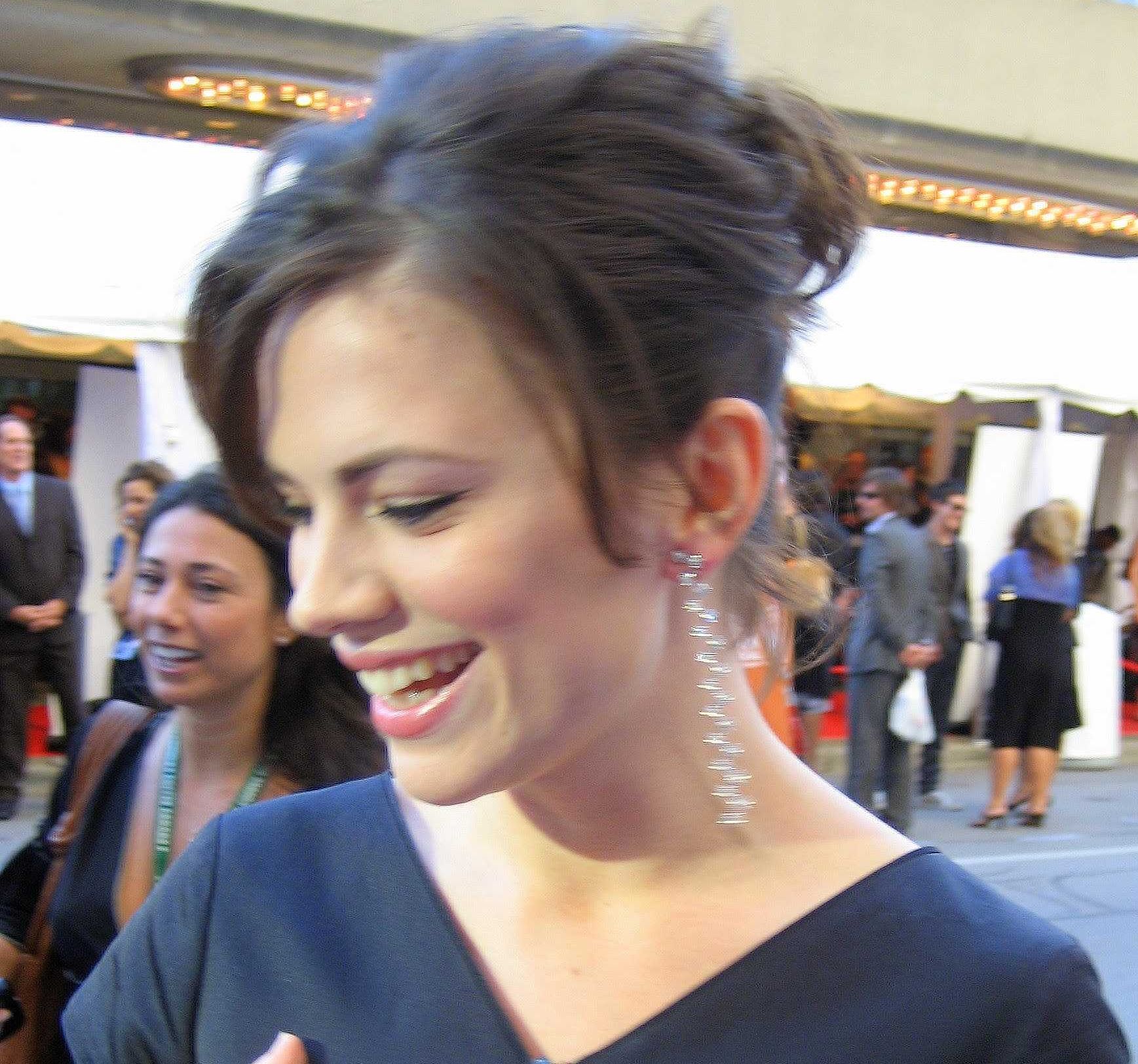'Just keep looking at it': Tom Cruise has the perfect advice for overcoming social anxiety
"Where does it live outside of me, and where do I feel like the source might be coming from?"
A still from 'Mission Impossible: Final Reckoning."
Not only can Tom Cruise do his own stunts, but he's pretty good at giving pep talks, too. At least, according to his Mission Impossible: Dead Reckoning Part One co-star, Haley Atwell. While promoting the film earlier this year on the Reign with Josh Smith, Atwell revealed that she, like so many of us, struggles with social anxiety, which often overwhelms her and makes her want to retreat.
But she was saved by incredibly insightful advice from Tom Cruise, which she imparts to the audience. After describing him as a positive "hair dryer" just blowing his positive energy around, Josh asks, "What's the best pep talk he's given you?" Haley answers, "Social anxiety tends to be something that people talk about a lot at the moment. It seems to be quite a buzzword of conversation."
How Haley Atwell experiences social anxiety
They both agree that everyone has some version of anxiety, whether it's in a big group of people, a new work environment, or even just around a small group of friends. In fact, according to the American Psychiatric Association, about one in 10 adults and teens experiences social anxiety. Among adults, about 14% of males and 12% of females experience it at some point in their lives.
Atwell confesses, "For me, I start to retreat into myself and overthink. 'Do I look weird? Do I seem awkward?' I'm not speaking, I'm just muffling my words, or I need something to numb me from this.'"
- YouTube www.youtube.com
Luckily, Cruise has quite a simple way to combat these feelings. "The pep talk he gave me helps, which is that if you walk into a room and feel the anxieties coming, try doing the opposite. Try to look OUT, look around the room, and go, 'Where is it?' Where is the thing I have attached to my insecurity?"
The idea is to pinpoint the place where her (or any of our) anxiety might be rooted. "Is it that person over there who reminds me of my high school bully? Is it that person over there who didn't give me a job once?" Once the source is recognized, if possible, Cruise suggests asking yourself, "Where does it live outside of me, and where do I feel like the source might be coming from?"
Haley emphasizes that examining her fear, which Cruise encourages, truly helps the anxiety subside. She continues, "If I look at it for long enough, the anxiety then can have a name. It can have a label and be contained, instead of free-floating, where I'm just in a total struggle internally with my own anxiety." Seeing through this prism, she shares, "If I’m scared of something, if I keep looking at it long enough, it tends to not be the monster under the bed anymore."

Naming the emotion—whether it's jealousy, loneliness, etc.—can help you address it openly so it doesn't fester in your mind. She reiterates Cruise's words: "If you're scared of something, just keep looking at it. Try not to look away, and it will often give you information about how to overcome it."
That advice could be a big reason why Cruise has been able to attempt such incredible stunts, such as hanging off an Airbus A400M, climbing the Burj Khalifa, or the motorcycle cliff jump in Mission Impossible: Dead Reckoning.
How to overcome social anxiety
Cruise's advice isn't all that different from many professional therapists. In the blog post, "How to overcome social anxiety: 8 tips and strategies" (clinically reviewed by Dr. Chris Mosunic, PhD, RD, MBA, for Calm.com,) ideas on how to overcome social anxiety are given and number one on the list could have been written by Cruise himself: "Identify your triggers," they write, explaining, "The first step to managing social anxiety is understanding what sparks it. Triggers can be unique to each person. Some might find large gatherings intimidating, while others might find public speaking intimidating. To identify your triggers, keep a journal of your feelings and the situations that make you anxious. Recognizing these triggers is a crucial step in managing your reactions to them."
They also suggest, among other ideas, breathing techniques such as the 4-7-8 method: inhale for 4 seconds, hold for 7, and exhale for 8. They also advise "challenging negative thought patterns." They explain, "Practice challenging these thoughts. Ask yourself: 'Is this thought based on facts or feelings? What's the best thing that could happen?' Replacing negative thoughts with positive ones can help reduce feelings of anxiety."
- YouTube www.youtube.com
Whether you take the advice from therapists or Tom Cruise, the takeaway remains more or less the same. Take your time to identify the source of what's triggering you. Great to know that what works for Ethan Hunt can work for the rest of us.
